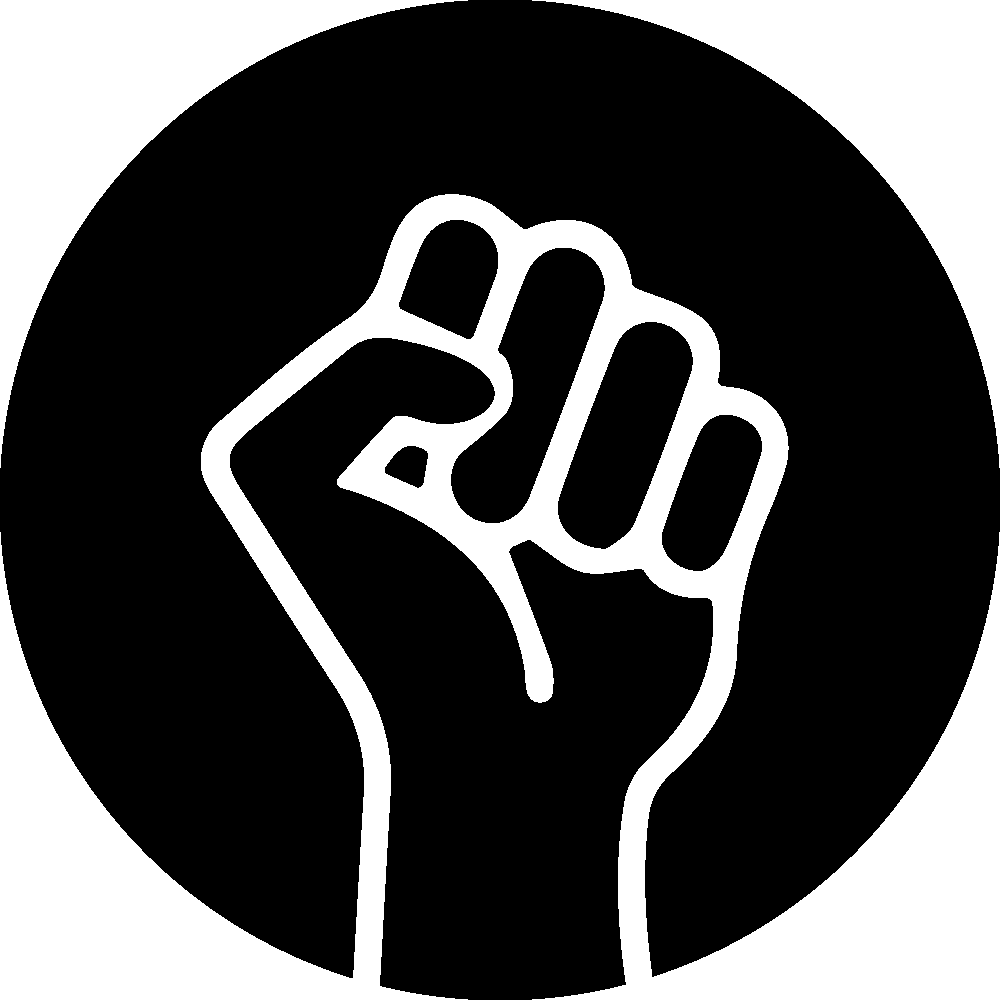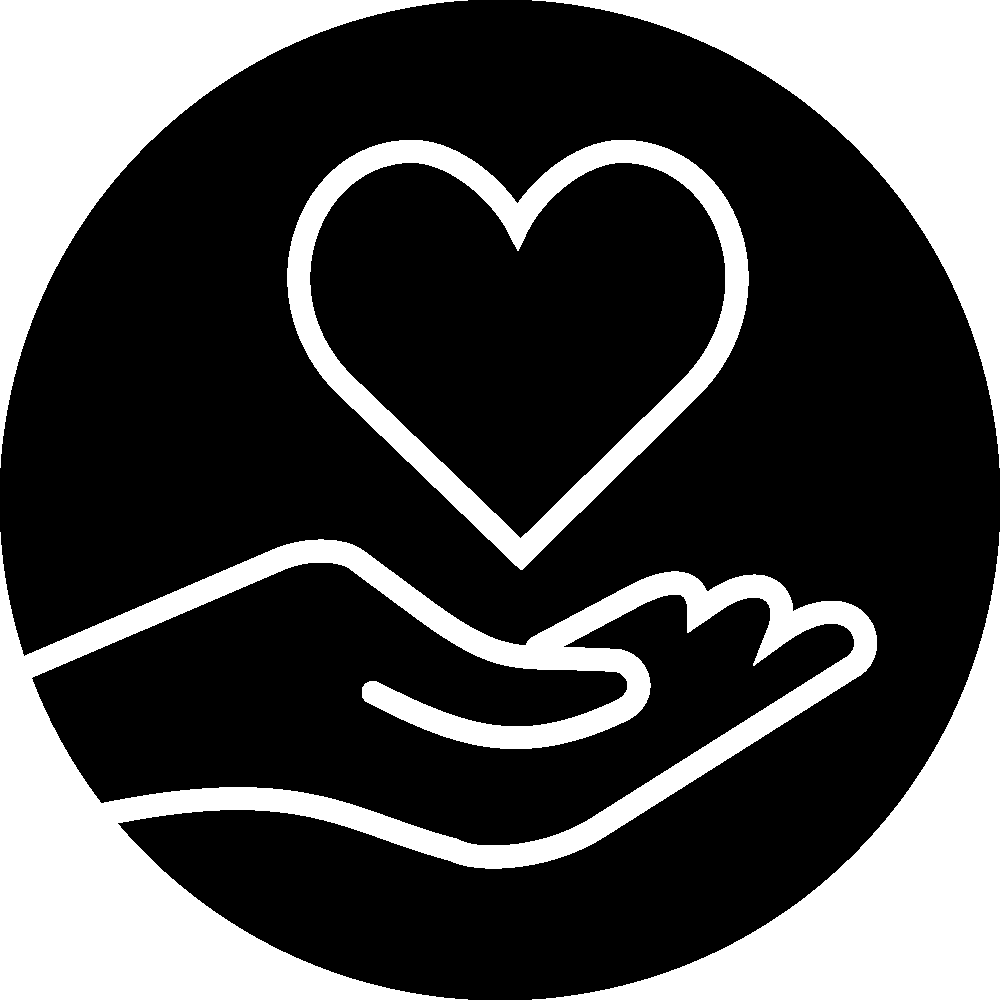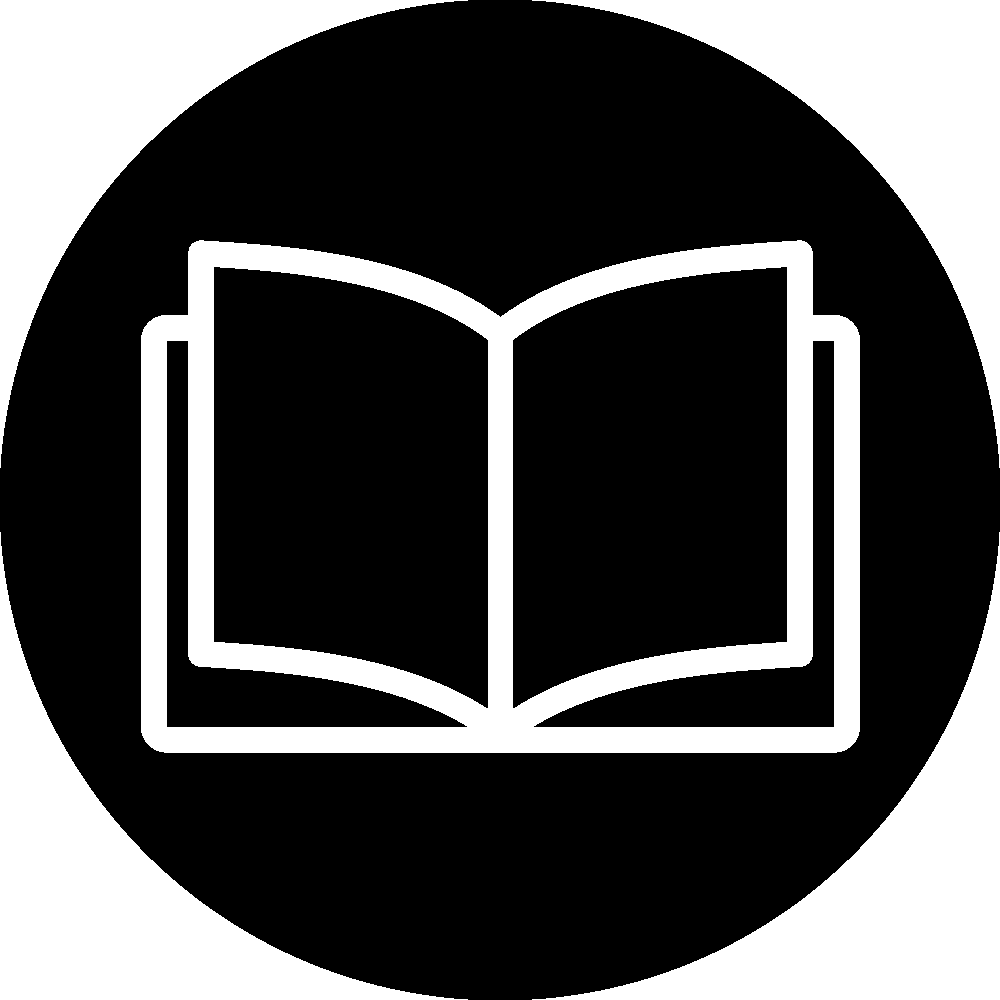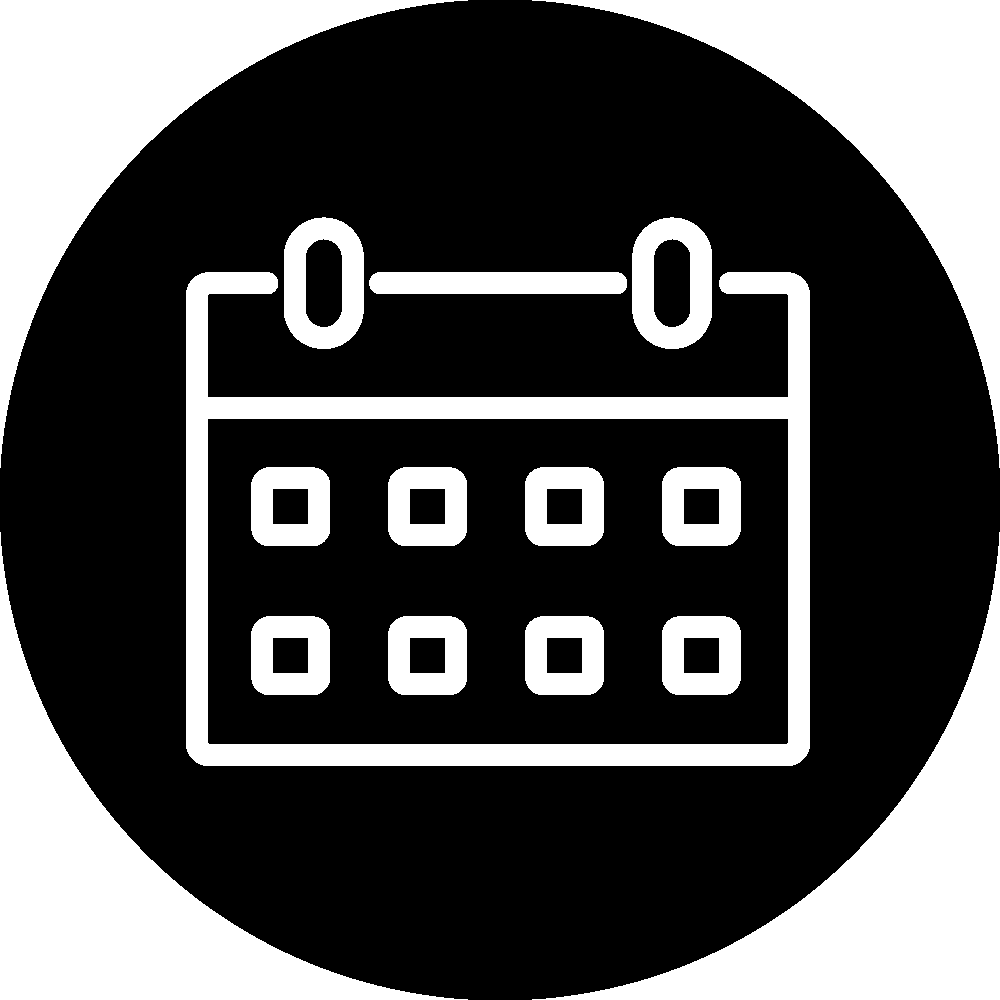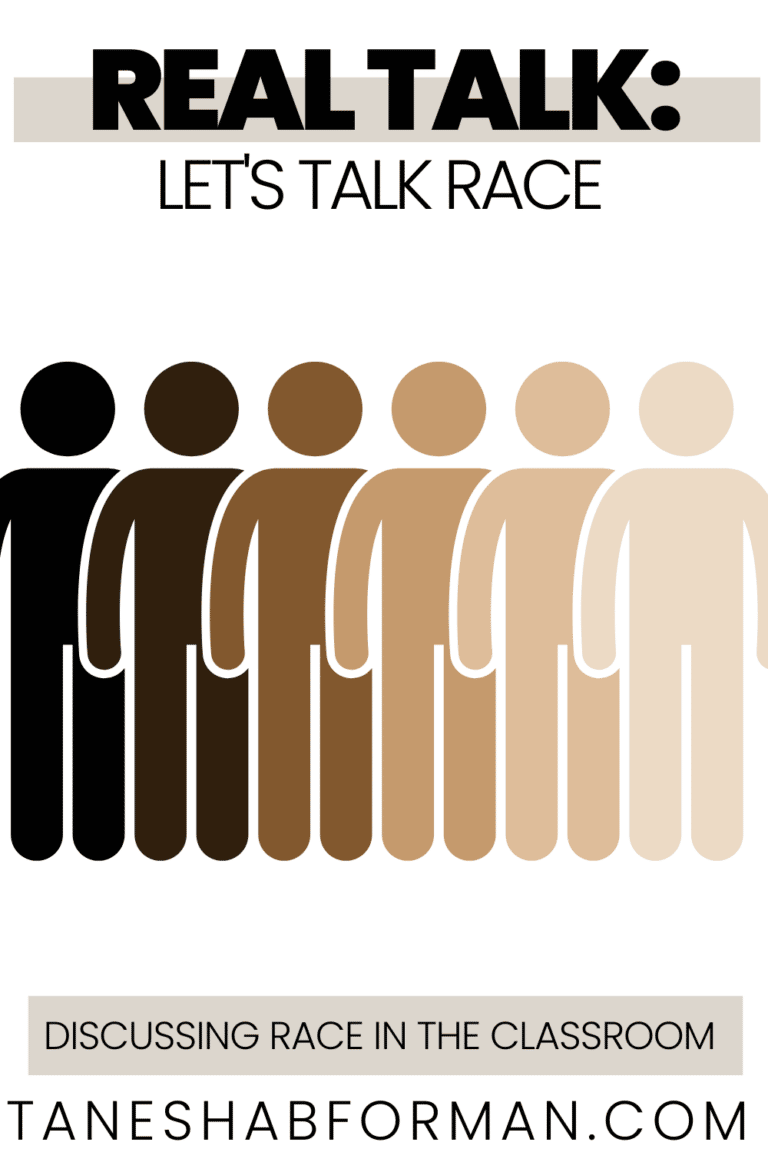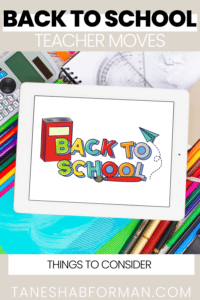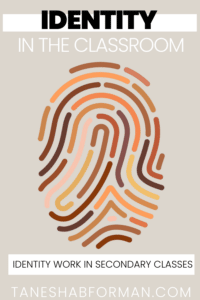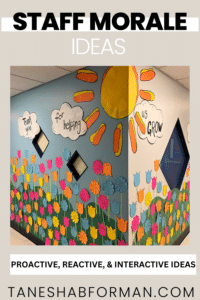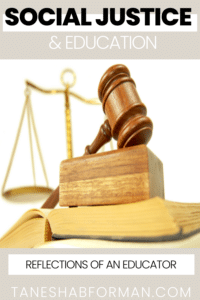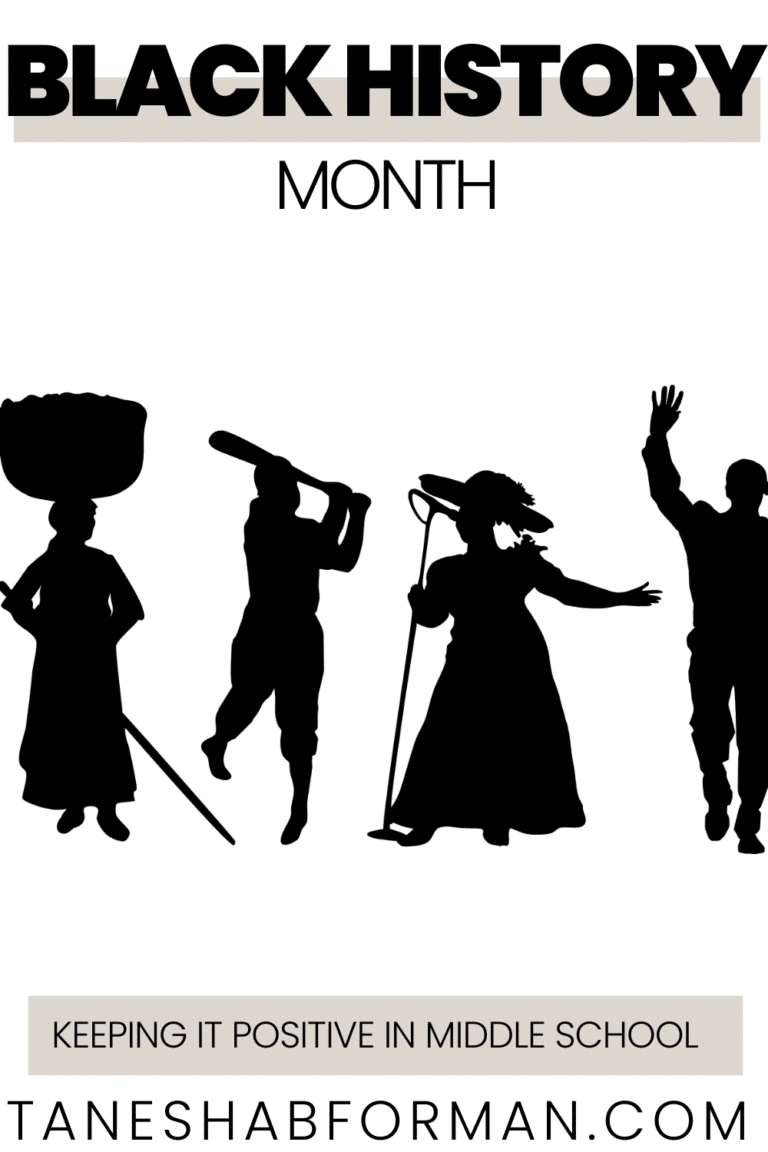

Poetry and Social Justice in ELA
Poetry is many things. It is:
• an art form
• a creative expression of emotions and feelings
• a layered form of communication
• FREEDOM
As an ELA or social studies teacher, there are a number of ways to leverage poetry to delve into complex topics. One way I do this, is by making the connection of using poetry as a tool to engage in social and racial justice issues. Historically, there is a precedence for this. Much of the poetry derived during the Harlem Renaissance, was created by Black American poets seeking to reclaim and announce a strong sense of racial pride while denouncing the oppression and discrimination. Poets such as Langston Hughes and Claude McKay used the art to send a radical message of resistance and liberation. Modern day poets such as Elizabeth Acevedo, Jaqueline Woodson, Nikki Grimes, and Kwame Alexander have used poetry to convey the complex and full lives of Black and Brown people. Their poems convey the passion, pride, and progress of individuals who have been marginalized. The messages presented in poetry are compelling, inspiring, and deserve discussion beyond the traditional elements of poetry. Students should discuss the power in poetry.
“She tells me words give people permission to be their fullest self and aren’t these the poems I most needed to hear?” ― Elizabeth Acevedo, The Poet X
Classroom Implementation
To start this lesson, brainstorm terms that will give students to the power to discuss the meaning of poems using common language. In a perfect world, these words will have had some place the classroom so this would be more review than teaching. That said, begin the lesson discussing key terms and if you have the time, link the terms to events either past or present that have had a social and racial justice center. If students are unfamiliar with this, cast a wider net by inviting them to think about songs that have broader societal message. Teachers can also use pictures from social and racial justice movements to discuss and reflect messages and personal reactions.

|
| Posters used to develop a common language |
Once students have grappled a bit with key terms and language, move forward by using a poem with a racial or social justice message. Below are a few examples:
- Ego Tripping by Nikki Giovanni
- Still I Rise by Maya Angelou
- Dreams by Langston Hughes
- Everyday We Get More Illegal by Juan Felipe Herrera
There are a number of ways to engage students in conversations with the poem, see my Google classroom example here. I present the poem with guided questions that are open ended and allow students (individually or in groups) to discuss the key questions. Below is the bulletin board version that students will add post it notes to throughout the week.
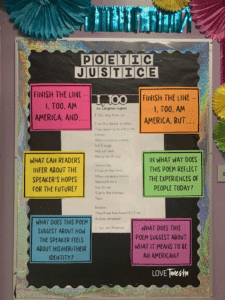
|
| Bulletin Board Example |
“We write because we believe the human spirit cannot be tamed and should not be trained. – Nikki Giovanni
After completing the reflection with the class, provide students with an opportunity to write their own social justice poem. Leverage the elements of poetry (stanzas, rhyme, figurative language) in leading students through the process of writing their poem.
- Epic: A long and narrative poem that normally tells a story about a hero or an adventure.
- Free Verse: A non-metrical and non-rhyming style that closely follow the natural rhythms of speech.
- Just Because: A type of poetry that address stereotypes and perceptions. Each stanza starts with Just because I am, 3 lines that start with “Doesn’t Mean,” and ends with a line that start with “I am.”
- Haiku: Three-line stanzas with a 5/7/5 syllable count. This form of poetry also focuses on the beauty and simplicity found in nature, or comparisons.
After students have workshopped their poems, celebrate their success with publishing event. Given the topic of social justice, ask students if they are willing to share their poems and how? Do you leverage social and racial justice when teaching poetry? As a learner, I would love to connect in the comments.

PIN FOR LATER!
JOIN THE COLLECTIVE
Sign up and access the FREE resources to support your Anti-Bias/Anti-Racism journey.

Tanesha B. Forman
I'm a current middle school administrator who loves breaking down complex topics and providing opportunities for educators learn, reflect, practice, and implement methods that foster equity and anti-racism. I believe we win together!
Behind the Blog


Hi, I'm Tanesha.
I’m a current middle school administrator who loves breaking down complex topics and providing opportunities for educators learn, reflect, practice, and implement methods that foster equity and anti-racism. I believe we win together!


